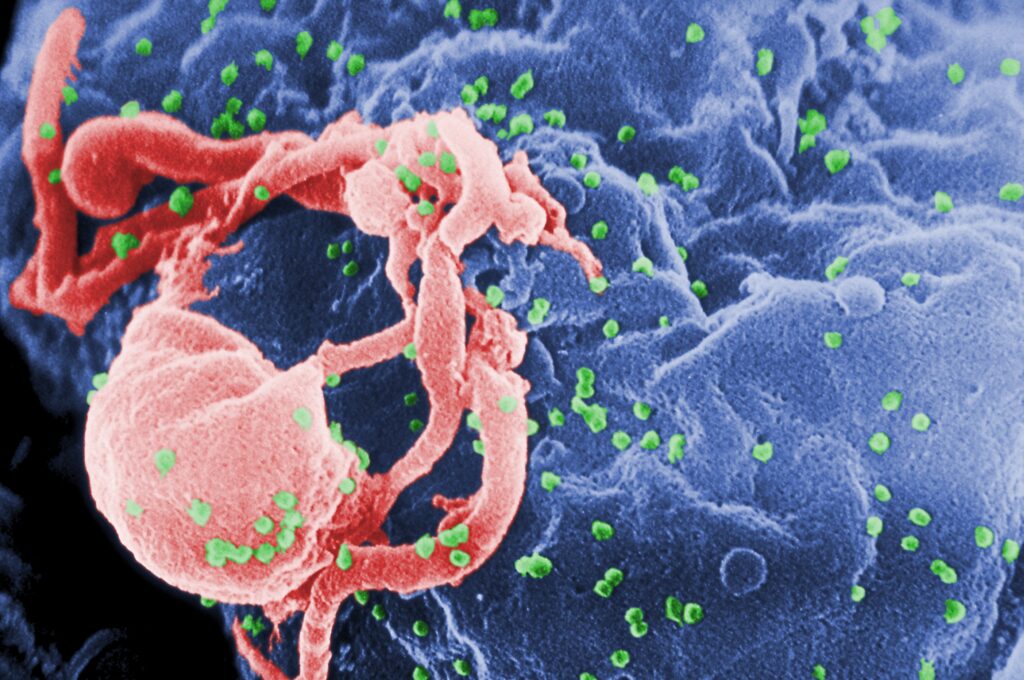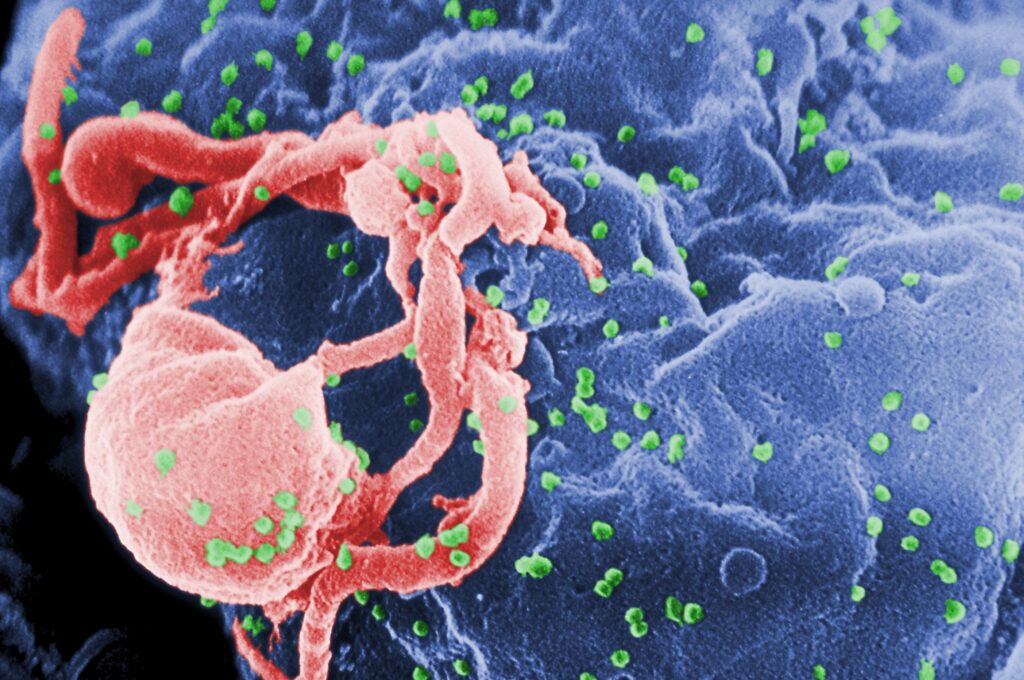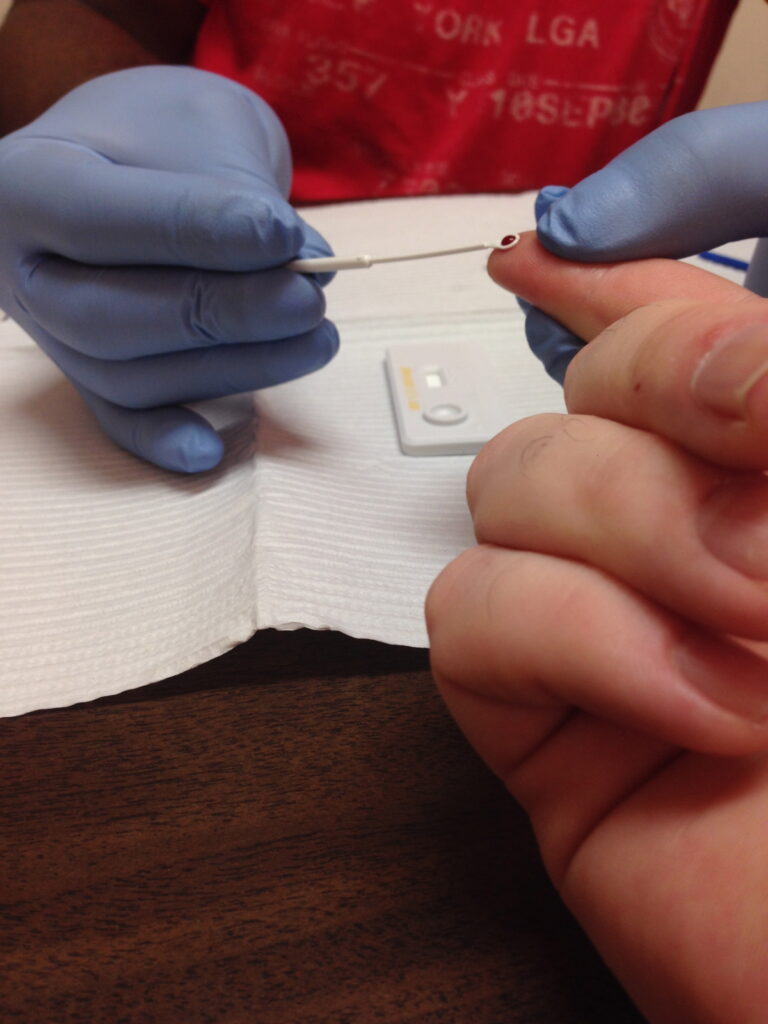By Henrylito D. Tacio

“HIV is not and should not be a death sentence anymore,” Dr. Louie Mar Gangcuango told Philippine Morning Post in an exclusive interview. “If HIV is detected early and if the patient takes antiretrovirals consistently, the virus can be controlled.”
HIV, which stands for human immunodeficiency virus, is a microorganism that attacks cells that help the human body fight infection, thus making a person more vulnerable to other infections and diseases. If left untreated, HIV can lead to the disease AIDS (acquired immune deficiency syndrome).
Dr. Gangcuangco knows what he is talking about. He is a graduate of the accelerated 7-year Doctor of Medicine program of the University of the Philippines and went to Japan to pursue HIV research fellowship at the Nagasaki University. He is a certified HIV specialist by the American Academy of HIV Medicine. He works as an Assistant Professor of Medicine at the University of Hawaii, providing HIV care and prevention services.
“HIV is no longer a death sentence,” he reiterated. “I wish that the advances in treatment and prevention, such as the long-acting injectable antivirals can be made available, accessible, and affordable worldwide, including my home country, the Philippines.”
Dr. Gangcuangco is currently with the Pacific AIDS Education and Training Center based in Hawaii. He is working with Dr. Cyril Goshima, who has led HIV education in the Pacific for the past 20 years. “Dr. Goshima remains to guide us and help foster our relationships with the Pacific jurisdictions. I am honored to help him and the team spread the good news about HIV,” says Dr. Gangcuangco, who holds two master’s degrees (Master of Science in Clinical Trials from the University of London and Master of Science in Biomedical Sciences from the University of Hawaii).
Health experts claim the human body can’t get rid of HIV and no effective HIV cure exists. It means that once you have HIV, you have it for life. “Although there is still no cure, we have effective medications to control the virus,” Dr. Gangcuangco assures.
But despite this fact, many people with HIV still lack access to essential health care and support services. Right now, many health experts are striving to increase equitable access and outcomes for HIV testing, prevention, treatment, and care services. “The battle is far from over,” they chorused.
More so in the Philippines where the number of Filipinos living with HIV is expected to more than double by 2030. By the end of this year, an estimated 189,000 people are living with HIV. The figure is projected to increase to 401,700 by 2030, according to the Department of Health (DOH).
In an interview with the Philippine Daily Inquirer, Health Secretary Dr. Teodoro Herbosa said that about 50 new HIV cases are now reported daily. “We’ve kind of doubled from (the) previous year of 22 cases a day,” he said.
The same scenario is happening in Davao City. Based on the data released in May this year, there are about 4,513 HIV-infected individuals in the city. “The number of cases is still increasing thus, it is important that we properly implement the programs in HIV,” Michael Mahinay, executive director of ALAGAD-Mindanao, was quoted as saying.
Health experts are blaming the soaring cases of HIV infections in the Philippines to “online dating, poor sex education, and conservative attitudes in the deeply religious country.” The Catholic Bishop Conference of the Philippines, since the early 1990s, has issued official statements vilifying condoms, one of the strategies that can curb the spread of the disease.
If nothing is done to curb the situation, the Philippines may wake up one day as the “epicenter of a growing HIV epidemic in the region.” That’s according to Dr. Edsel Salvaña, the director of the Institute of Molecular Biology and Biotechnology at the National Institutes of Health at the University of the Philippines.
“If we’re not vigilant, we just might be a few mutations away from a resurgence of the AIDS virus which can cause pandemic spread of the disease,” warned Dr. Salvaña, a molecular epidemiologist who’s one of the few scientists in Asia doing advanced biomolecular or genomic studies to determine the mutation of the HIV.
AIDS is caused by a deficiency in the body’s immune system. “It is a syndrome because there are a range of different symptoms which are not always found in each case,” explains Dr. John Hubley, author of The AIDS Handbook. “It is acquired because AIDS is an infectious disease caused by a virus which is spread from person to person through a variety of routes. This makes it different from immune deficiency from other causes such as treatment with anti-cancer drugs or immune system suppressing drugs given to persons receiving transplant operations.”
HIV is present in all body fluids of an infected person but is concentrated in blood, semen, and vaginal fluids.
Generally, HIV is transmitted through sexual contact with an infected person, injection or infusion of contaminated blood, and transfer of the virus from an infected mother to a child before birth, during birth, or after birth through the mother’s milk.
A report from the health department cited sexual intercourse as the leading mode of transmission in the country. Men having sex with men through anal intercourse, where the penis penetrates the anus of the other person, is currently the leading mode of transmission. Vaginal intercourse, where the penis penetrates the vagina, is the second most common route of transmission.
“A single sexual encounter can be sufficient to transmit HIV,” Dr. Hubley wrote. “Although the risk from an individual sexual act may be low, the more times a person has sex, the greater the likelihood that transmission will take place. Women appear to be more at risk than men from heterosexual sex. The transmission of HIV from man to woman is believed to take place more easily than from woman to man.”
A patient infected with HIV can have the virus for many years without having any physical symptoms. When the immune system is destroyed by the virus, a person is considered to have AIDS and the weak immune system places him or her at risk of various infections and even cancer.
“Between HIV and AIDS, there is a window period of as much as five years,” Dr. Jordana P. Ramiterre, chief of the Reproductive Health and Wellness Center of the Davao City Health Office, was quoted as saying by Davao media. “However, the speed HIV progresses will vary depending on age, health and background,” the website of Avert (avert.org) points out.
A person will only know that he or she is infected with HIV if he or she undergoes testing for HIV. “Knowing your HIV status is not just a right but also a responsibility. People with HIV can live normal and productive lives as long as they take their medications and follow-up regularly with your doctor. Getting tested is not only for yourself, but also for your loved ones,” says Dr. Gangcuangco.
“The HIV test works by detecting antibodies produced by a person after exposure to the virus,” explains Dr. Willie Ong, author of Doctors’ Health Tips and Home Remedies. “A common problem here is when to do the HIV test. If a person has become infected with the HIV virus, how long is the lag time before the person tests positive?”
According to studies, most people will develop a positive HIV test within 2-8 weeks after exposure. “Around 97% will develop these antibodies within 3 months of exposure,” Dr. Ong said. “A few rare cases (less than 3%) will take 6 months to become positive. Because of this, experts recommend that a person gets an HIV test at 6 weeks and at 3 months after exposure. It is optional to take another test 6 months after exposure.”
Luckily, effective treatment with HIV medicine (called antiretroviral therapy or ART) is available. “If taken as prescribed, HIV medicine can reduce the amount of HIV in the blood (also called the viral load) to a very low level,” says the website of the US Department of Health and Human Services.
People with HIV who take HIV medicine as prescribed and get and keep an undetectable viral load can live long and healthy lives and will not transmit HIV to their HIV-negative partners through sex.
Now, the good news. Last July, a report from the Joint United Nations Program on HIV/AIDS (UNAIDS) said AIDS can be ended by 2030. UNAIDS – which unites the efforts of 11 UN organizations – leads and inspires the world to achieve its shared vision of zero new infections, zero discrimination and zero AIDS-related deaths.
The UNAIDS report said there is a clear path that ends AIDS. “This path will also help prepare for and tackle future pandemics and advance progress towards achieving the Sustainable Development Goals,” the report said.
The report, entitled The Path that Ends AIDS, contains data and case studies which highlight that ending AIDS is a political and financial choice, and that the countries and leaders who are already following the path are achieving extraordinary results.
Five countries in Africa have already achieved the “95-95-95” targets. That means 95% of the people who are living with HIV know their HIV status, 95% of the people who know that they are living with HIV being on lifesaving antiretroviral treatment, and 95% of people who are on treatment being virally suppressed.
“The end of AIDS is an opportunity for a uniquely powerful legacy for today’s leaders,” said Winnie Byanyima, Executive Director of UNAIDS. “They could be remembered by future generations as those who put a stop to the world’s deadliest pandemic. They could save millions of lives and protect the health of everyone. They could show what leadership can do.”
The report highlights that HIV responses succeed when they are anchored in strong political leadership. This means following the data, science, and evidence; tackling the inequalities holding back progress; enabling communities and civil society organizations in their vital role in the response; and ensuring sufficient and sustainable funding.
However, the UNAIDS report also sets out that ending AIDS will not come automatically. “AIDS claimed a life every minute in 2022,” it pointed out. “Around 9.2 million people still miss out on treatment, including 660,000 children living with HIV.” –
1 Dr. Louie Mar Gangcuango, a Filipino doctor who is in the forefront of educating people against HIV/AIDS.

2 The human immunodeficiency virus up close. (Wikipedia)

3 HIV rapid test being administered. (Wikipedia)

